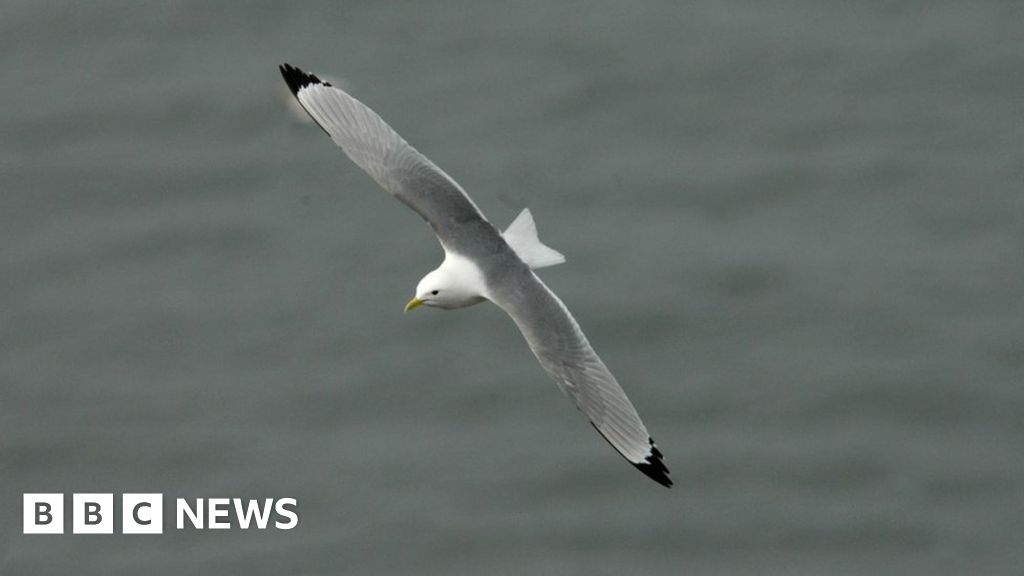Part of the problem with designing safeguards to protect birds from wind turbine blades and other unnatural obstructions in open air space seems to be that we look at the problem from a human perspective rather than the bird's perspective. Most birds have a view of the world that is literally very different to the view we humans have so something that makes wind turbine blades more obvious to us won't necessarily make them more obvious to birds.
There is a lot of interesting stuff about this in "The Sensory Ecology of Birds" by Graham R Martin (OUP 2017). Admittedly some of it is a bit over my head so this is a very brief and incomplete summary.
Some birds have very limited vision directly ahead and a very limited area of binocular vision. It may be necessary for them to turn or tilt their head to achieve a good view directly ahead. This wouldn't have been so much of an issue for birds flying in open space before humans started putting solid objects into said airspace.
Highest resolution in bird vision is often to the sides, not forwards. Some birds have a narrow band of high resolution across the middle of their vision but with less acuity above and below that.
Birds may often be using their lateral vision whilst flying to locate conspecifics, foraging opportunities or predators. Much of the time in open airspace these things may be more important than what is directly ahead so birds may simply not be looking ahead. Again this would have been less of an issue before human's came along and started cluttering up the airspace.
Birds flying in open air space may not predict that the environment ahead may be cluttered so simply fail to see something that to us would be obvious. To quote the above book directly, "Perceptually they have no 'prior' for human artefacts such as buildings, power wires, or wind turbines", all of which are relatively recent additions to the airspace.
Birds also seem to have some difficulty in assessing the speed of approaching objects which are not natural predators, which may perhaps be a significant issue with wind turbine blades.
Any mitigations need to take into account the fact that birds perceive the world in a very different way to us. There are unlikely to be any one size fits all options and the differing behaviour and visual capabilities of individual species may need to be taken into account.
Not all birds can see into the UV part of the spectrum either, so putting UV markers on obstructions won't help in all cases. There is, apparently, a trade off between UV sensitivity and high resolution. The precision with which light can be brought into sharp focus is inversely related to wavelength. So, if you want high resolution, it helps to filter out the shorter wavelengths including UV, which appears to be what happens in the vision of most raptors.
Just to quote a part of the conclusion from the collisions chapter in the above mentioned book, "......comprehensive solutions to the collision and entrapment problems are not yet available and considerably more work is required. It would be hoped, however, that humans will cease to view possible solutions to these problems from the perspective of their own sensory information and will attempt to approach it from the perspective of birds". The book does suggest a number of possible solutions but most currently seem to be a work in progress covering not just man made objects in open airspace, but also other hazards such as entrapment underwater in fishing nets, and as said, a lot more work is needed yet.









